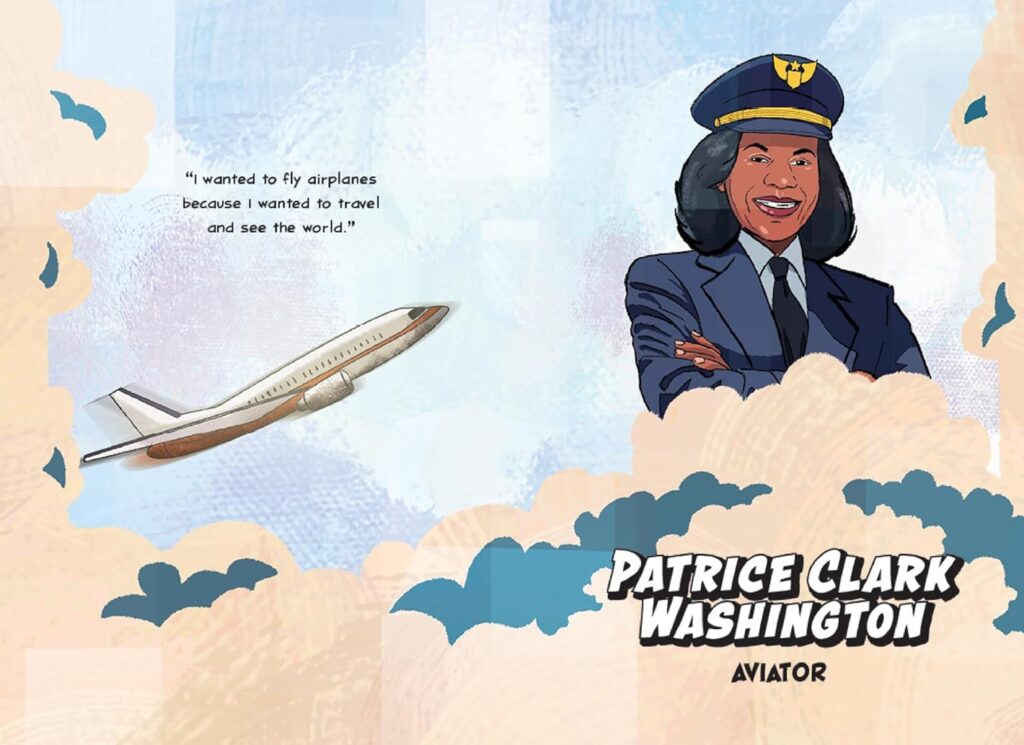Whenever I substitute for a math or music class I run the students through a basic critical thinking question. What are the two universal languages that can be understood anywhere you go? On average one, maybe two students in a class of 28 will respond with music and math. Some might say “science” and while that’s not the desired response, it does illustrate the room’s temperature. Black Lives: Great Minds of Science is a graphic novel highlighting nine scientists from various fields. As a vehicle for information it grabs your attention and speaks to upper-elementary and mglit readers in a way that motivates reluctant ones.
Those reluctant readers, you know, the kids who secretly want to read, but have bought into the group-think, lemming-like fallacy that reading somehow makes you less cool. To those students I would posit this simple question, is it cool to earn more money, or less money? Yeah, money doesn’t make you happy, it’s just a tool, I know that. But if you’re going to fix or build something you need the correct tool and sometimes, if it’s a bigger job, you need more tools or the job becomes infinitely more challenging. Great Minds of Science is created for those reluctant readers.

Its presentation is a graphic novel with a comic book style. Each scientist’s vignette is around ten pages long and has classic text blurbs, surrounded with comic-style art. The profile quickly introduces the scientist, shows you a glimpse into their upbringing, education, their career highlights and its pinnacle. This style of presentation is not designed for long-term reading, the combination of the blurbs and illustrations push readers along so quickly in hopes that those slow or reluctant readers won’t get distracted. This is a vehicle created to hopefully get students to learn to love reading, hopefully discover something new, realize that non-fiction can be interesting and possibly motivate those ages to think beyond what they feel like they’re only capable of.

The limiting factor in Black Lives: Great Minds of Science is in its layout and title. Black Men in Science and Black Women in Science came out a couple of years ago and covered most of the content in Black Lives. Those books, in the Biographies for Kids series, won’t be confused for Black Lives, due to the former one being a more common book with paragraphs and the occasional illustration. However, if Black Lives is going to be a series of graphic novels, they’ve pigeonholed themselves by titling the first one, Great Minds of Science.

Also, for better or worse, Black Lives immediately dates itself due to the name of the series. This graphic novel is not political in any way, but its namesake tells you what time frame the book was pitched and written, even though most of the scientists in it discovered their findings years before the movement.
The graphic novel spotlights nine people, each one from a different scientific background. A series called Black Lives: Great Minds of Geology doesn’t have legs, common interest (regardless of anyone outside of that field) and is far too niche. Great Minds of Scientists is accurate, but unless the second book in the Black Lives series is Great Minds of Scientists II or Great Minds of Science in Medicine (or any other field), then it could be too limiting. I haven’t seen plans for the second book, but our common sense would say that it’ll simply entitled II, if not, it’ll have a hard, and less interesting road to climb.

The font in Black Lives is also really small. It’s as challenging to read at Nathan Hales’s Hazardous Tales, a series that we love so much that I actually bring out a magnifying glass to help bridge gaps. This size allows for a lot of negative space on the pages. The glass half-full person says that this white space allows the illustrations the mature, emotional space that a book like this deserves. The half-empty glass person says that the negative space is wasted, could’ve accommodated larger font or more illustrated details. This is a personal like or don’t like thing, and if you don’t notice it then you won’t care, however, if you are prone to seeing these things then you won’t be able to un-see it.
Having said all of that; Black Lives: Great Minds of Science is a graphic novel that some libraries need to have in their collection. Even if those entities have other books that spotlight Black inventors or scientists, the graphic novel presentation of this book will reel in readers that the other books won’t. As a graphic novel, kids will enjoy it and have a much higher percentage of actually engaging with it, when compared to a more text/paragraph version. It’s the sort of book that those upper-elementary through lower-middle school kids who need, but don’t know that they need it, will devour it once they see what they’ve been missing.
Black Lives: Great Minds of Science is by Tonya Bolden with illustrations by David Wilkerson and is available on Abrams Fanfare, an imprint of Abrams Books.
There are affiliate links this post in.





 Facebook
Facebook Twitter
Twitter Flickr
Flickr GooglePlus
GooglePlus Youtube
Youtube